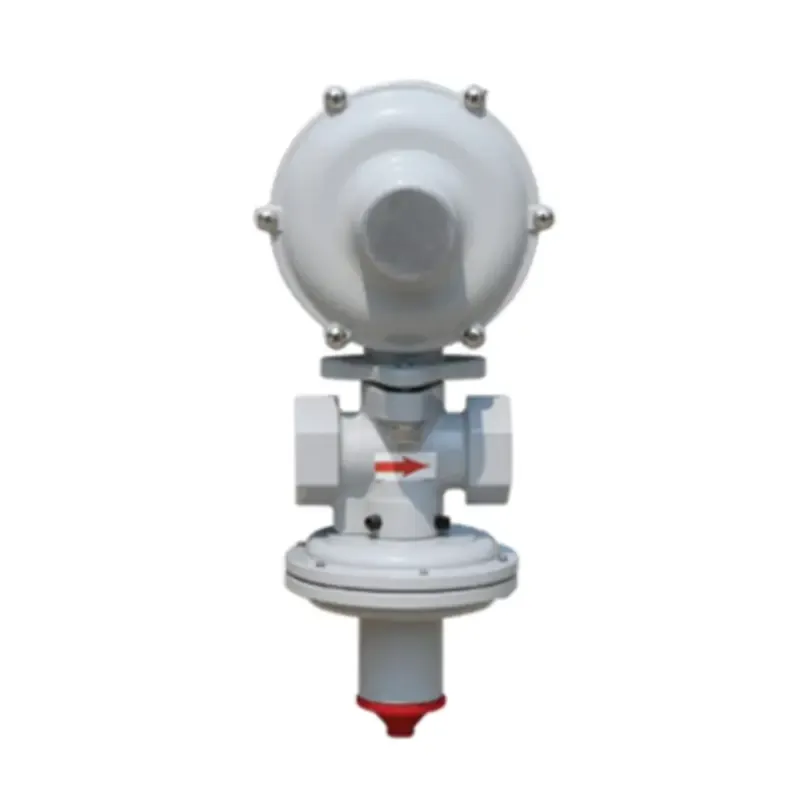
Dec . 13, 2024 11:10
Back to list
Pressure Regulation Valve Function and Applications in Industrial Systems
Understanding the Role and Function of Pressure Regulating Valves
Pressure regulating valves, commonly referred to as PRVs, are critical components in various fluid systems across industries, including water supply, oil and gas, and chemical processing. These valves play a pivotal role in maintaining consistent pressure levels, enhancing safety, and ensuring the efficient operation of equipment.
What is a Pressure Regulating Valve?
A pressure regulating valve is designed to automatically control the pressure of a fluid within a system. It acts as a safeguard, preventing the pressure from exceeding a predetermined limit, which can lead to system failures, leaks, or hazardous situations. By adjusting the flow of the fluid, the PRV ensures that downstream equipment operates within its specified pressure range.
How Do Pressure Regulating Valves Work?
Pressure regulating valves operate based on the principle of differential pressure. They consist of various components, including a valve body, diaphragm, spring, and adjustment mechanism. When the fluid enters the valve, it exerts pressure on a diaphragm. This pressure overcomes the force of a spring, allowing the valve to open or close as necessary.
When the pressure in the system rises above the set point, the diaphragm moves to reduce the flow, thus lowering the pressure. Conversely, when the pressure drops, the valve opens wider, allowing more fluid to flow through and increasing the pressure. This constant modulation helps maintain stable pressure levels, which is crucial for the proper functioning of downstream equipment.
Applications of Pressure Regulating Valves
PRVs have a wide range of applications across various sectors
.
2. Oil and Gas Industry In oil refineries and gas processing facilities, PRVs prevent pressure build-up in pipelines and tanks, reducing the risk of explosions and leaks.
صمام تنظيم الضغط

3. Chemical Processing These valves are essential in chemical reactors where precise pressure control is required to ensure optimal reaction conditions and maintain safety standards.
4. HVAC Systems In heating, ventilation, and air conditioning systems, pressure regulating valves help maintain the required flow of refrigerants and ensure efficient heat exchange.
Benefits of Using Pressure Regulating Valves
The incorporation of pressure regulating valves into systems offers numerous benefits, including
- Enhanced Safety By preventing overpressure conditions, PRVs significantly reduce the risk of equipment failure and potential accidents.
- Improved Efficiency Maintaining consistent pressure leads to more efficient operation of machinery and processes, which can translate to cost savings in energy and maintenance.
- Extended Equipment Life By protecting equipment from pressure surges, PRVs help prolong the lifespan of pumps, pipelines, and other critical components.
- Flexibility and Control PRVs can be adjusted to meet specific pressure requirements, providing operators with greater control over their systems.
Conclusion
Pressure regulating valves are indispensable tools that ensure the safe and efficient operation of fluid systems across various industries. By consistently managing pressure levels, they enhance safety, efficiency, and equipment longevity. As industries continue to evolve and expand, the importance of comprehensive pressure management solutions, including PRVs, will remain paramount in facilitating safe and effective operations. Understanding their function and applications can lead to better decision-making in the design and maintenance of fluid systems, ultimately contributing to improved operational reliability and safety.
Latest news
-
Safety Valve Spring-Loaded Design Overpressure ProtectionNewsJul.25,2025
-
Precision Voltage Regulator AC5 Accuracy Grade PerformanceNewsJul.25,2025
-
Natural Gas Pressure Regulating Skid Industrial Pipeline ApplicationsNewsJul.25,2025
-
Natural Gas Filter Stainless Steel Mesh Element DesignNewsJul.25,2025
-
Gas Pressure Regulator Valve Direct-Acting Spring-Loaded DesignNewsJul.25,2025
-
Decompression Equipment Multi-Stage Heat Exchange System DesignNewsJul.25,2025

